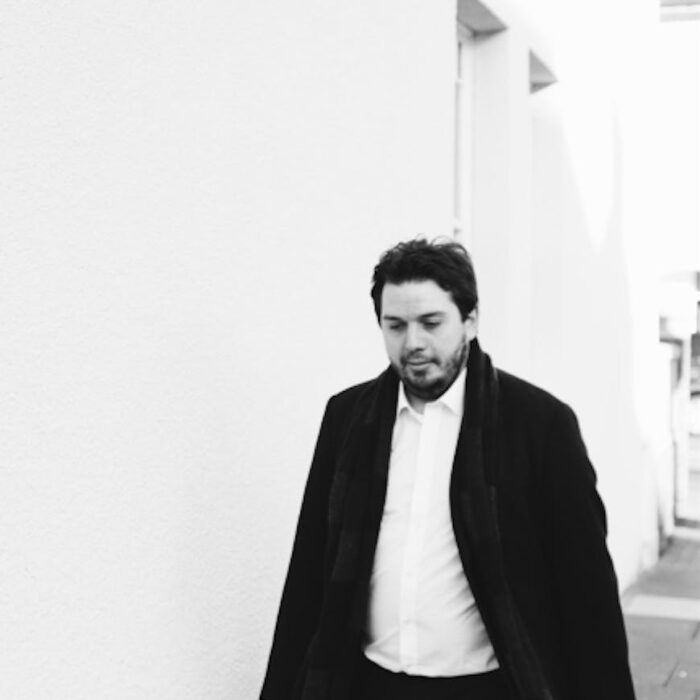dd
dd
by Alexander Larman
When I finished writing The Crown in Crisis, the book that has become the first part of my Windsors trilogy, I was asked two questions more than any other. Was the Duke of Windsor really a Nazi? And do you think that there are present-day parallels between Edward and Wallis and Harry and Meghan?

Researching and writing The Windsors at War focused my attention on the first question for months, if not years. If we cannot give a truly definitive answer as to the state of the Duke’s fascist leanings, then this is not through want of trying, nor for lack of existing evidence. Certainly, it is unfortunate that, if Edward was not a bona fide Nazi sympathizer, he chose to spend quite a lot of time in the company both of similarly inclined men and fully paid-up members of the regime, including, on one spectacularly ill-advised occasion, Hitler himself. The Duke of Windsor frequently claimed that the point of these meetings was to broker peace and to establish Britain as a force for good in the world; that his abdication in 1936, and its subsequent disastrous aftermath, did little but cause chaos as far as his reputation went was seldom remarked upon.
This brings us to the contemporary parallels that British commentators and critics have already taken delight in seizing upon. It was pure coincidence that the Duke and Duchess of Sussex staged their own quasi-abdication from the Royal Family at the beginning of 2020, just before the pandemic, but writing The Windsors at War made me all too aware that a former royal and his American wife who have caused controversy everywhere that they’ve been—and appear, at least in part, to thrive on the publicity opportunities offered by this controversy—is a phenomenon both of the 21st century and of eighty years before. There are undeniable similarities between Prince Harry and the Duke of Windsor, and Meghan Markle and Wallis Simpson. The world has certainly changed since the events depicted in The Windsors at War, but perhaps human nature has not.
Nonetheless, it was never my intention to write a book purely about the misadventures of two of the most notorious people of the twentieth century. At the heart of my book lies another family and dynamic altogether: that of King George VI, reluctantly thrust onto the throne in the immediate aftermath of his brother’s abdication and struggling to cope with the inordinate personal and psychological demands of kingship. It is his struggle against adversity both foreign and domestic that, I hope, gives the book its narrative arc. I was fascinated to see how courtiers, diplomats, and politicians were able to observe the king’s ability to seize the mettle at a time of inordinate crisis, and, unlike his self-absorbed, vacuous brother, to put the demands of country and nation far above those of himself.
Yet, as the former Edward VIII acknowledged in his abdication broadcast of 11 December 1936, “he has one matchless blessing, enjoyed by so many of you, and not bestowed on me—a happy home with his wife and children.” The Windsors at War is, among many other things, a family drama. I hope that I have explored the relationship between George VI and Queen Elizabeth—using some never-before-seen documents that I believe shed light on both their marriage and their wider relationship with their country—with both sympathy and dignity, giving them the respectful, in-the-round treatment that they deserve. And if their daughters, Princess Margaret and Princess Elizabeth, occupy lesser roles in this story than might be expected, all I can suggest is that readers will not be disappointed with their greater prominence in next year’s concluding part of the Windsors trilogy, Power and Glory.
My aim, always, as an author and historian, is to entertain my reader. The most intricately researched book in the world is useless if the prose is dry, if the characters do not come alive, and if the weight of learning renders it unreadable. Instead, my intention was always to view this story in quasi-cinematic terms. From the opening evocation of the German bombing of Buckingham Palace in September 1940 to the climatic VE Day celebrations, this is a narrative rich in incident, color, and life. My intention has been to write a book that I myself would enjoy reading, and I dearly hope that I have succeeded. It has been a privilege to immerse myself in this fascinating, surprising world, and I hope—with the coronation of King Charles III imminent as I write this—that the new royal dynasty will be a less tempestuous one than the squabbling, dysfunctional family depicted here. Alas, given what we know of posterity, you wouldn’t count on it.

Alexander Larman is a British historian and journalist. He is the author of several acclaimed books of historical and literary biography, including Blazing Star, Byron’s Women, and The Crown in Crisis. He has also edited and ghostwritten for a variety of publications. He writes for the Times, Observer, and Telegraph, as well as The Spectator and The Critic. He lives in Oxford.
